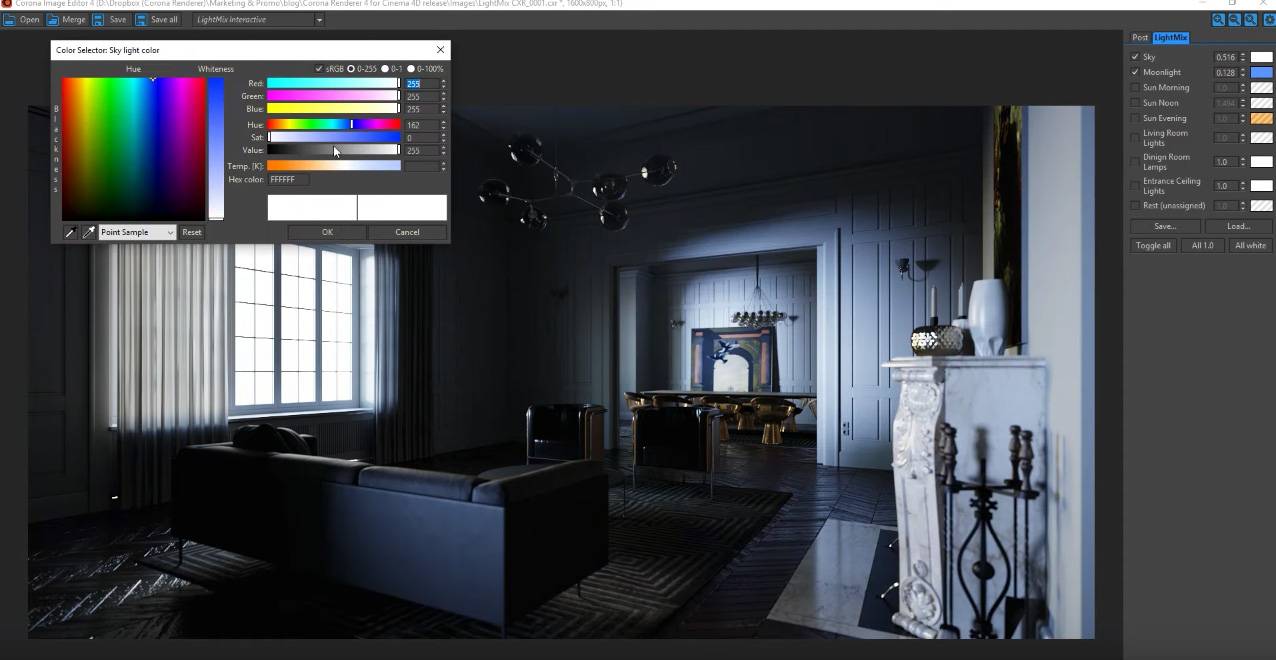
If you notice the rendering looks different from before, try a value of 2 instead. You can claw back some of your time by entering the render settings, going to the Options tab and reducing the ‘Reflection Depth’ setting from 5 to 1. By default C4D calculates reflective surfaces bouncing back and forth 5 times, this is overkill for most people. The first thing you can do with projects to speed them up is reduce the number of times a reflection can bounce from one shiny surface to another.

Subscribe to my youtube channel for more Cinema 4D tutorials.Tired of hanging around all day waiting for your Cinema 4D renders to finish? Give these settings a go and see how much faster you can get the software to render. I hope this information helps make rendering in Cinema 4D easier. Turn off sleep settings on your computer, or better yet, use a render farm like Finally, click the Render button in the top right corner of the render queue window! You may want to start your render at the end of the workday or over the weekend. In Render Queue window, click on the blue text to the right of Output to, prompting you to choose a location to save your file. Confirm resolution reads “DNxHR LQ 8-bit”. Select ‘DHxHR/DNxHD” in the Video Codec Dropdown. In the bottom Render Queue window, click on the blue text to the right of Output Module that says ‘Lossless’. Select Quicktime and click on the Format Options button.



Main nav bar> Composition> Add to Render Queue. Locate your imported file in the left Project panel, right click on the filename and select “New Comp from Selection”.Ĭhange Cineware Render Settings from Software to Standard (Final). Hit caps lock at any time to keep your computer from kicking into overdrive. Main nav bar> File> Import> File > then select your Cinema 4D Lite project.


 0 kommentar(er)
0 kommentar(er)
